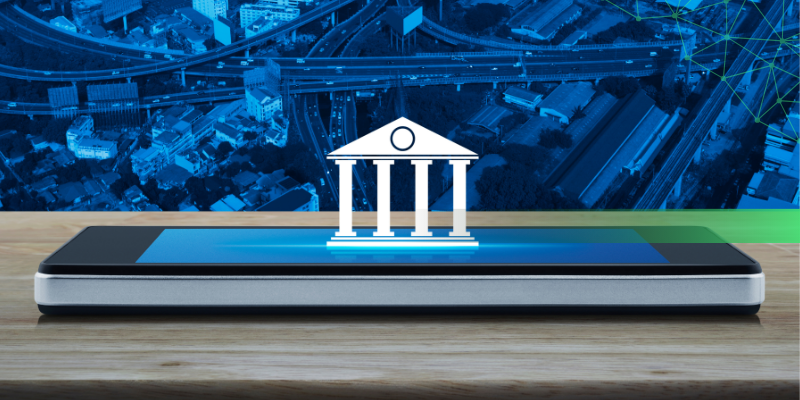More and more customers today are turning to their smartphones for banking. None of them wants to be left out in the modern banking experience.
As of 2020, mobile banking was the main channel adopted in Kenya in all age groups. The utilization was higher among younger respondents aged 26-35 years.
2020 and Now is a Long Time
Mobile banking usage in Kenya has likely increased. Thanks to more convenient features that have been added along the way.
In 2024, these numbers have exceedingly risen across all age groups. We are probably looking at 65-70% usage or higher, especially among the younger age groups. They are more into technology than any other age group.
So, What is Exactly Making Mobile Banking Apps Stand Out?
Customers want features beyond just transferring money. And these three features remain king:
-
Convenience
-
Security
-
Flexibility
Customers Want Convenience

They expect to handle their banking needs fast and easily. They want to perform all activities regarding their accounts from the comfort of their phone. It doesn’t matter where they are or what time it is.
1. When Paying for Utilities
 Customers always seek convenience when paying for utilities/services like electricity, water, and internet. They want to do so from one place.
Customers always seek convenience when paying for utilities/services like electricity, water, and internet. They want to do so from one place.
A mobile app with this feature allows them to search for their utility providers and easily make payments.
It’s an all-in-one platform for your customers to manage their bills. And it entails onboarding respective utility service providers to enhance convenience for the customers.
2. Quick and Easy Fund Transfers
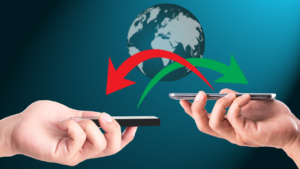 Fund transfers are now a basic mobile banking feature. Customers must always be able to send money to other accounts. Such transactions can be within the same institution or to other institutions and mobile wallets.
Fund transfers are now a basic mobile banking feature. Customers must always be able to send money to other accounts. Such transactions can be within the same institution or to other institutions and mobile wallets.
Whether a customer just wants to send money to a family member or pay for goods and services, seamless transfers are not an optional feature. The process must always be simple, fast, and secure.
3. Enabling and Disabling Cards
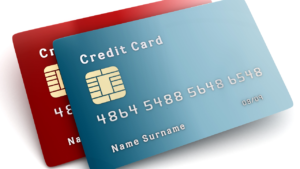 Customers may want to lock their debit or credit cards from their mobile banking apps or unlock a previously disabled card. This feature helps customers still be in control of their finances even when a card is lost, or stolen.
Customers may want to lock their debit or credit cards from their mobile banking apps or unlock a previously disabled card. This feature helps customers still be in control of their finances even when a card is lost, or stolen.
4. Effortless Switching of Accounts and Configurations of the App
 Most customers who buy new phones don’t find it easy to set up the mobile app afresh.
Most customers who buy new phones don’t find it easy to set up the mobile app afresh.
56% of users of mobile banking applications have been reported by Deloitte to have faced problems in changing the application from one device to another.
Often, many, if not all customers, have to call or physically visit the branch to verify their identity to complete the setup. This is often inconvenient in many aspects.
However, mobile banking is quickly advancing to make this process easier. It’s now possible for customers to activate the app on their own on a new device.
The customers are only required to perform simple security checks, such as verifying who they are through SMS codes or biometric authentication.
This is a technical feature that eliminates the need for customers to visit the branch or call customer support for assistance. It helps the customers easily get back online.
Customers Want Top-Notch Security

Security is a top priority in banking. So much sensitive information is involved in banking that user transactions and personal details must be well-protected.
Some important mobile app security features include:
1. Biometric Authentication

Biometric authentication offers your customers better security than passwords or PINs. This is because most people avoid the nuisance of having to remember and even protect their PINs or passwords.
2. Two-Factor Authentication (2FA)
 2FA has become a must-have feature for strong mobile banking app security.
2FA has become a must-have feature for strong mobile banking app security.
2FA means adding a security layer to mobile banking. Instead of just passwords, 2FA requires your customers to provide additional information to prove it’s them.
For example, after entering the password, the system sends a text message with a code, or requires the user to use their fingerprint to log in.
2FA makes it much harder for a hacker to break into a customer’s account, even if they know their password.
3. SIM Swap Checkers
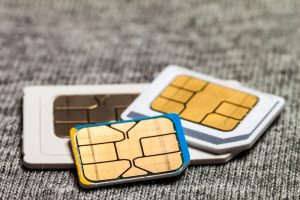 Another way that earns a customer’s trust is SIM swap checkers, another strict security measure. Sim swap checkers detect any attempts by a hacker to hijack a customer’s account by swapping their SIM card.
Another way that earns a customer’s trust is SIM swap checkers, another strict security measure. Sim swap checkers detect any attempts by a hacker to hijack a customer’s account by swapping their SIM card.
A mobile app with this security feature can authenticate new recipients being added to an account. This authentication prevents any unauthorized changes.
4. Encryption
 An additional security feature, such as encryption with SSL certificates, protects all data transmissions. This feature makes mobile banking a safe experience for customers.
An additional security feature, such as encryption with SSL certificates, protects all data transmissions. This feature makes mobile banking a safe experience for customers.
Customers Want Flexibility
Financial needs change over time. And a good mobile app offers more than basic functions. Customers should be able to access a wide range of services, such as managing savings, applying for loans, etc.
1. Savings Management
 Leading mobile banking apps have a savings module that allows customers to track their balance, view transaction history, and monitor their savings goals.
Leading mobile banking apps have a savings module that allows customers to track their balance, view transaction history, and monitor their savings goals.
With this feature in your app, you can empower your customers financially.
2. Loan Applications and Management
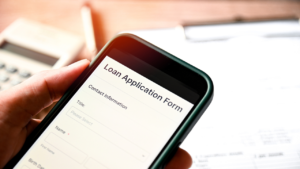 Rarely do customers visit the branch to apply for loans. Mobile banking has made loan applications very easy. Users can apply for and manage digital loans directly from their phones.
Rarely do customers visit the branch to apply for loans. Mobile banking has made loan applications very easy. Users can apply for and manage digital loans directly from their phones.
Moreover, a customer can view their outstanding balances, repay those loans, and track their loan history easily, right from the app.
This feature is making credit access more convenient for users.
3. Mini Statements on Demand
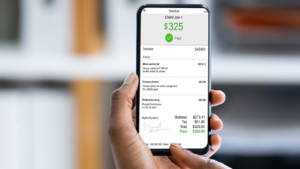 Mini statements provide customers with a quick view of their recent transactions. A mini statement shows dates, amounts, and types of transactions.
Mini statements provide customers with a quick view of their recent transactions. A mini statement shows dates, amounts, and types of transactions.
It’s a transparency that helps customers monitor their spending and account activity closely.
4. Personalized Alerts and Notifications
 Alert notifications send real-time updates to customers via SMS or email. These alerts notify customers about incoming funds, payments due, suspicious account activities, or irregular transactions.
Alert notifications send real-time updates to customers via SMS or email. These alerts notify customers about incoming funds, payments due, suspicious account activities, or irregular transactions.
It’s more of taking proactive measures to prevent fraudulent activities or limit risk exposure.
5. Customization and Scalability
A mobile banking app should be able to evolve with customers’ needs. This means customizing app features based on user preferences or scaling its functionalities.
If the app is adaptable, it remains relevant. The financial world isn’t static.
In Summary:
Mobile banking is today more than just a tool for transactions. It has evolved to demand Convenience, Security and Flexibility.

—all packed into an app to make it simple to use.
These features have made mobile banking a complete financial management solution.
NLS Tech Solutions understands that customer preferences are evolving. And for your financial institution to succeed, you need to listen to the customers and adapt to their needs.
Let’s help you create a more user-friendly and efficient mobile banking experience for your customers.
Try the NLS Mobile Banking Solution (TERA Mobile) Today
Or

